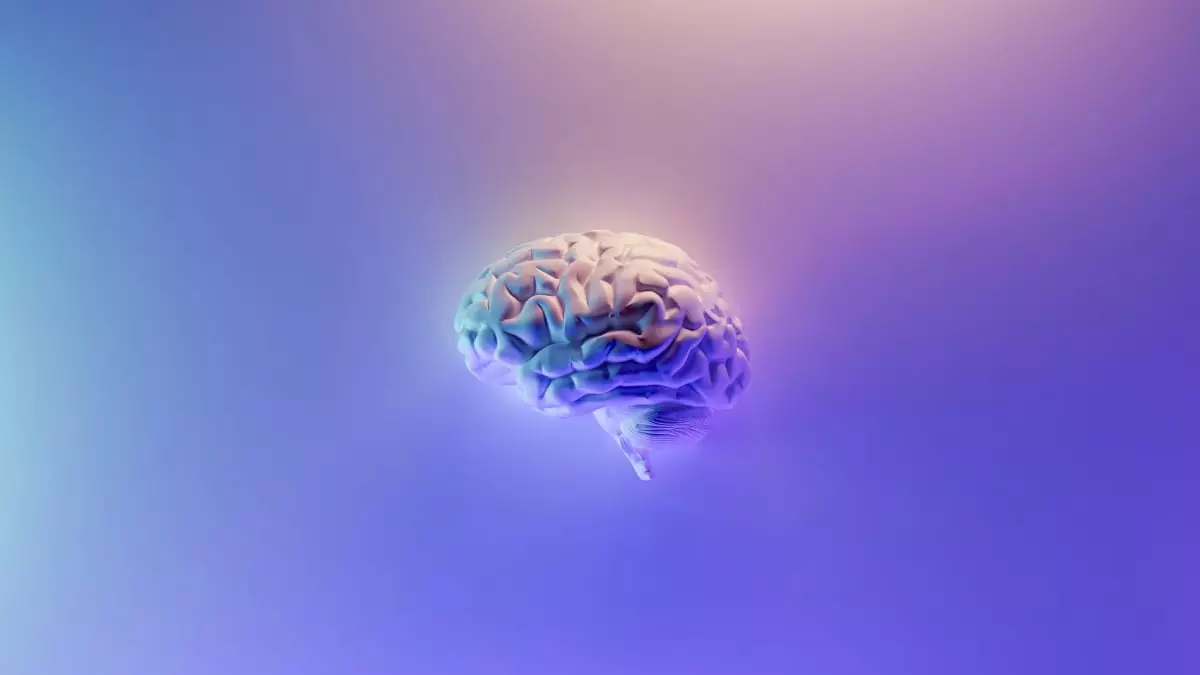Recent advancements in neuroscience have generated intriguing discussions surrounding the potential for retrieving memories from the brains of deceased individuals. The intricacies involved in memory storage and retrieval are vast and complex, presenting formidable challenges for scientists. At the forefront of this research are engrams—specified clusters of neurons that embody the physical underpinnings of our memories. Although researchers have made strides in identifying the precise locations of these engrams, particularly within the hippocampus, the prospect of extracting memories after death remains largely theoretical.
According to studies reported in prestigious journals such as Nature, engrams offer a window into understanding how memories are formed and stored. Each engram is comprised of intricate networks of synapses, where groups of neurons work synergistically to encapsulate aspects of a memory. Over time, these memories undergo a process known as consolidation, becoming more integrated and distributed across various regions of the brain. Don Arnold, a neuroscientist at the University of Southern California, emphasizes that while engrams serve as repositories for memories, they do not equate to the memories themselves. This critical distinction introduces additional complexity to the potential for memory retrieval.
A vital point to consider is the fundamentally reconstructive nature of human memory. Charan Ranganath, director of the Memory and Plasticity Program at the University of California, Davis, articulates that recalling a memory is far more intricate than merely accessing a static file. Instead, our memory involves piecing together fragmented recollections, often interpolating details that may not have been consciously observed at the time of the memory’s formation. This process can lead to distortions or inaccuracies, raising the stakes in the quest to recreate genuine past experiences.
Compounding these challenges is the fact that memories associated with emotional experiences or sensory impressions may reside in disparate areas of the brain. This localized storage complicates the potential for comprehensive recollection, as accessing one fragment of memory may require engagement with various interconnected regions. Presently, the technological capabilities necessary for retrieving memories from deceased individuals are inadequate. Hypothetically, advancements could allow for the recreation of neural pathways and neural networks, but this would entail an extraordinary undertaking—namely, continuous brain imaging throughout a person’s life to meticulously catalog their memory formations.
As it stands, the consensus among experts is that the memories of an individual do not endure beyond their life. Despite the allure of potential breakthroughs in memory science, the reality remains that no viable methods exist to extract or reconstruct a person’s unique experiences after their passing. While the exploration of engrams and memory storage offers a fascinating glimpse into the workings of the human brain, it also underscores the profound finality of memory in the face of mortality, reminding us that, for now, the memories of the departed remain eternally inaccessible.



Leave a Reply